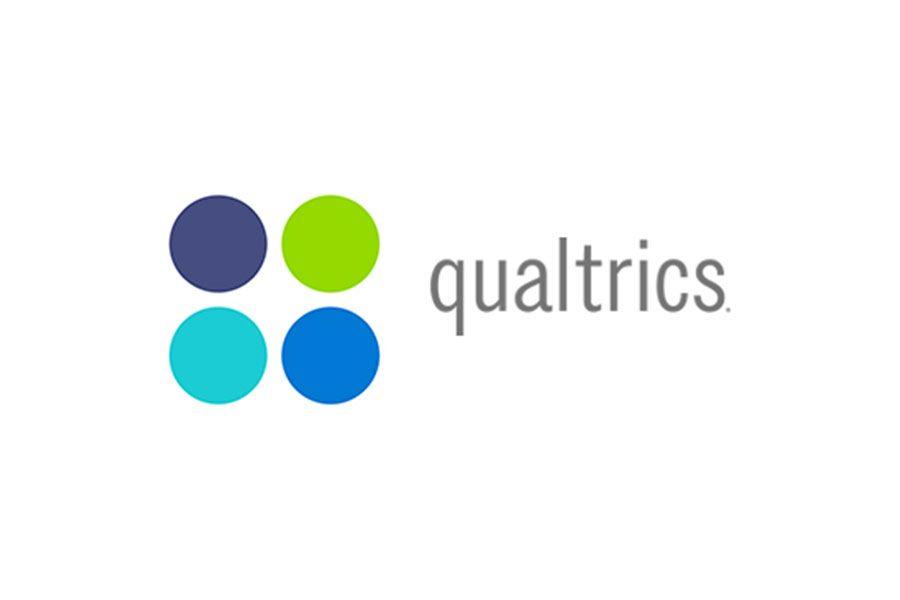A/B Testing: Voice and Tone Analysis
For this TECM 5190 (Style and Technical Writing) team project, our group completed an A/B Testing study to determine the best Voice and Tone for a company’s website. We identified the benefits of adjusting the tone of website content to be more formal to improve client interest and engagement.
To complete the study, we created 2 versions of the selected website content. We then built a Qualtrics survey to distribute the content versions and solicit responses from participants. Next we analyzed the survey data and presented style and tone recommendations to the company in a slide deck. I collaborated with teammates Eric Gilmore and Rebecca Johnson for this project. My personal contributions included building the Qualtrics survey and writing the Background and Additional Results sections.
Background
We conducted an A/B test to determine which tone of voice the B2B financial services company Nada, Inc. should use for the “Our Story” portion of its About Us web page. The end goal of this A/B test was to evaluate Nada’s performance as a brand by determining how potential Nada customers respond to its voice. Our study compared 2 versions of the “Our Story” content, Version A (the original, casual tone) and Version B (a revised, formal and businesslike tone), compared respondents’ reactions to the different tones of voice, and recommended a specific tone of voice to reach the company’s target audience.
Project Skills
TECHNICAL SKILLS
Qualtrics XM Platform
Duarte design template slidedocs
HyperWrite AI writing tool
Microsoft Teams
Conceptual Skills
A/B testing
Linguistics charactersistics Style/Voice/Tone
Survey writing best practices
Participant selection
Process
Identifying the purpose of the About Us content
First, we needed to agree on the purpose of the content in terms of the client’s purpose or intended result. We determined that the purpose of the “Our Story” is to give customers a first impression of the company, which impacts conversions. We also determined that customers need to be able to trust organizations they invest their money with.

Identifying distinct tones of voice for control treatment and test treatment (Versions A and B)
We used the Original Text for Version A (Casual Tone of Voice) and created a Revised Text for Version B (Formal Tone of Voice). We used artificial intelligence tool HyperWrite to develop Version B by manipulating the text with linguistics characteristics of a more formal tone, such as passive voice, longer and more complex sentences, and academic vocabulary.

Identifying content performance metrics
Our content performance metrics involved both qualitative and quantitative metrics. Our surveys tested user reactions and interest in Nada content. We also measured whether the current content could be improved through word-of-mouth recommendations, potential customer engagements, and conversions such as downloading an app or reaching out to customer service. these metrics helped us determine whether the “About Us” content accurately engages the audience and encourages a sense of trust and respect from potential customers.
Recruiting test participants
We recruited 32 participants for this study who were potential Nada customers or users. Participants were assigned randomly to read the 2 versions. 16 read Version A and 16 read Version B.
Building tools
The content and test questions were delivered through 2 versions of a Qualtrics survey. We chose to use Qualtrics surveys for ease of administration and the ability to test participants remotely. Users were assigned randomly to one of the two surveys and each was sent an anonymous link to one of the surveys. Our surveys consisted of demographic questions, screening questions, and questions testing user reactions and interest in the content. Another benefit of this survey method is that the data provided by participants was captured in a spreadsheet by the Qualtrics program.

Delivering survey
Our A/B versions of copy for testing were delivered online through the Qualtrics surveys. Each team member recruited at least 10 participants aged 18 or older.
Analyzing test results and making recommendations for style/voice/tone
Using the spreadsheet of responses created by Qualtrics and the graphics provided for each survey questions, we were able to analyze test results and make recommendations to Nada. We identified and outlined both strengths and opportunities for Nada.
Presenting data and recommendations with slide decks
Finally, we created a Duarte slidedoc to share recommendations with Nada, Inc. The slidedoc includes the background, strengths, opportunities, additional results, and appendices containing the 2 content versions and the survey questions.
We used Microsoft Teams for group communication and document sharing.
Outcome
Our A/B Testing Voice and Tone analysis benefited Nada, Inc. by identifying 3 opportunities to consider for a successful tone of voice. These opportunities are:
- a shift to more respectful and business-oriented language
- a shift to a company-based personality rather than a founder-based personality
- developing a personal tone focused on positive, brand-oriented concepts
Implementing these 3 changes will result in the following benefits to Nada:
- increased consumer conversions resulting in boosted revenue and profit returns
- Improved overall willingness of customers to invest with Nada
- Increased retention